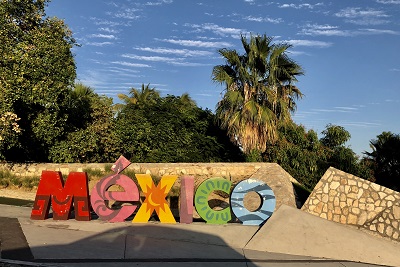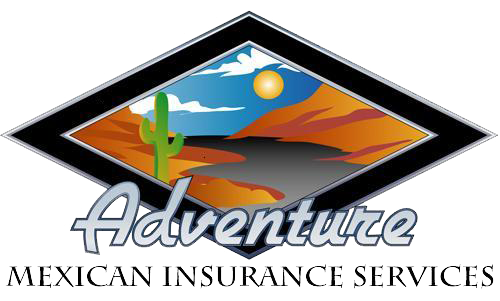¿Como Se Dice?
A non-Spanish speaker in Baja
By Molly

Thud!
Maria and I shriek as an object barreling through the air from the back of the truck in front of us smacks our windshield. We’re headed to the Mexican border on a road trip to Baja that we’ve been dreaming about for months; with our hearts now unexpectedly racing, we take the surreal encounter as a sign that the time is ripe: it was a calendar that had hit us.
Our motto for the trip is, “We’ll figure it out,” because we’ve decided that seeing where the wind blows us is the best way to experience a new place. I had no doubt when we packed up the car and headed south that we would be blown to some beautiful places, and that we would figure everything out. But when we left San Diego that afternoon with wide eyes set on the Valle de Guadalupe wine region, I was worried about one thing: the language barrier. My experience with Spanish consisted of a language class in high school and two quick trips to Mexico—scuba diving off the coast of Cancun, and crossing at Tijuana for a day trip from California to Ensenada.
“Everyone speaks English or Spanglish in Baja,” Maria and I had been told before pushing off. But we couldn’t be sure, and my family had been asking what I was going to do there with only a few common words and phrases in my pocket. “Maria’s fluent in Spanish,” I assured them, hoping that I would pick up enough to get by on my own.
“I can teach you a little bit as we go,” Maria says, shortly after a seamless border crossing at Otay. “A mini Spanish lesson.”
Reading aloud as she drives, she translates the Spanish on the large blue and green roadside signs to English. “I need to dust off all of these words,” she says, sprinkling the lesson with fond memories from her time spent living in Mexico years ago.
I fetch my pocket notebook from my bag and begin scribbling notes, catching glimpses in between of rock-covered hills and seemingly endless rows of vines.
Estamos buscando la Ruta del Vino. We are searching for the Wine Route.
“You might find yourself saying, ‘Qué bonita’ a lot,” Maria says, admiring the landscape. “It means, ‘How pretty.’”
As she remembers certain words and phrases, her love of Mexico comes flooding back.
Me encanta. It enchants me; Me cae bien. It falls on me nicely.
The more she speaks the language, the more excited she is to be here. It’s clear that she’s missed this country and its culture, and it makes me happy to see her embrace it like the gray shawl that hugs her shoulders.
As we drive through Valle de Guadalupe, draped in golden light from the setting sun, we talk about the excitement of not knowing what will come next. Not knowing where we will land, or where we will lay our heads each night. Lately, we’ve both been craving this kind of life—full of freedom, adventure and creativity. This is the language that we share, and often, it can be understood without words. To me, it is sacred.
“Don’t be afraid to say the words out loud,” Maria says of the Spanish she’s taught me.
“Only if you don’t laugh at me,” I say.
“Aww ... never,” she says. “Everyone has to start somewhere.”
Softly, I practice pronouncing the words.
“You’ll get it, you’ll get it,” she says, reassuringly.
After a few more stops, where I find opportunities to practice the words with friendly and patient locals, some of my worry about the language begins to melt away.
“Back on the open road,” Maria says. “Our favorite place to be.”
Tengo una sonrisa grande. I have a big smile.





